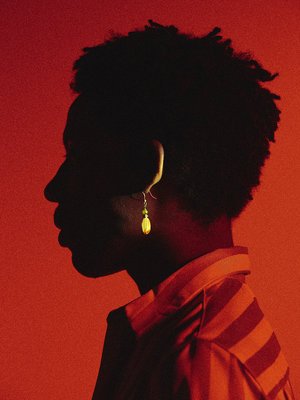The 3 Components of a Strong Brand
the 3 parts of a strong brand
A brand is an ever-expanding entity that ebbs and flows, but as long as these 3 things are deeply intentional, you have a foundation that will launch you forward powerfully.
The 3 brand Components
01 | story/mission
02 | Visual Identity
03 | messaging
01 Story / Mission
A narrative that ties the brand's origin, mission, and values into something that is meaningful, personal, poignant, straightforward, and authentic.
How a business naturally differentiates itself from others. What makes it stand out?
Why the company provides the services/products it does and what makes it significant or special; its primary purpose.
…once you understand the story of the brand, the visual identity comes into play.
02 visual identity
1 — LOGO + MARK
Your brand’s name in a fixed, expressive, graphic way.
It can have variations for different placements but should have the same intrinsic features.
2 — COLOR PALETTE
A combination of core colors that create an emotional connection to the brand while maintaining complementary shades in any other chosen secondary colors.
3 — TYPOGRAPHY
The style and appearance of printed matter (text).
Merges art with communication, tactfully stylizing text to align with the brand identity.
The use of fonts, color, space, and visual contrast/hierarchy with a concern for user readability and effortless comprehension.
Eg.Monograms or word marks: words (usually initials or brand name) that represent or are associated with the company.
Primary and secondary fonts, often broken up into headers, tag-lines, and body copy.
4 — STYLE GUIDE
A visual guide/binder that shows how to use the brand’s fonts, logo/variations, colors, and other visual styles through a set of rules to ensure that the brand message remains consistent and fixed across all touch-points.1 — LOGO + MARK
Your brand’s name in a fixed, expressive, graphic way.
It can have variations for different placements but should have the same intrinsic features.
2 — COLOR PALETTE
A combination of core colors that create an emotional connection to the brand while maintaining complementary shades in any other chosen secondary colors.
3 — TYPOGRAPHY
The style and appearance of printed matter (text).
Merges art with communication, tactfully stylizing text to align with the brand identity.
The use of fonts, color, space, and visual contrast/hierarchy with a concern for user readability and effortless comprehension.
Eg.Monograms or word marks: words (usually initials or brand name) that represent or are associated with the company.
Primary and secondary fonts, often broken up into headers, tag-lines, and body copy.
4 — STYLE GUIDE
A visual guide/binder that shows how to use the brand’s fonts, logo/variations, colors, and other visual styles through a set of rules to ensure that the brand message remains consistent and fixed across all touch-points.
03 messaging
The language and words a brand uses that...
allows the brand’s voice and personality to shine (typically through copywriting).
The slogan, pitch, motto as a means to promote the brand.
*In order to utilize messaging properly, there must at least be a clear understanding of the targeted audience and a brand story/value to communicate.
Overall, the purpose of branding is to easily identify what you do and who you serve. It’s how you communicate with your audience using emotion, visuals, and story. Ideally, a brand announces its distinctiveness in the market, producing and maintaining a strong relationship with existing and potential consumers. A strong brand can establish meaning and inspire with its mere exposure. But most importantly, a brand is an assurance to the consumer, conveying the business’ reliability and trustworthiness through a type of story. Simply put, a brand is comprised of multiple elements that come together to tell a story visually and emotionally.
